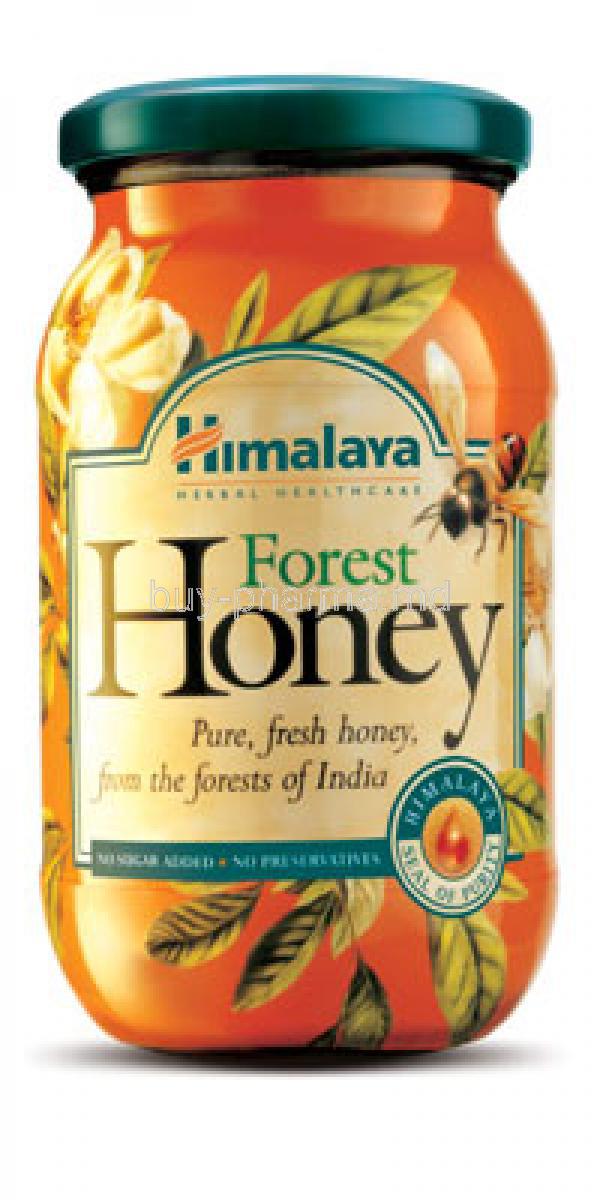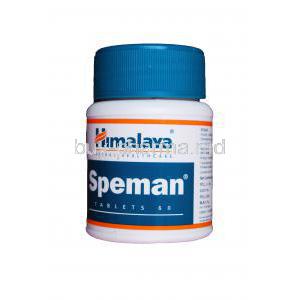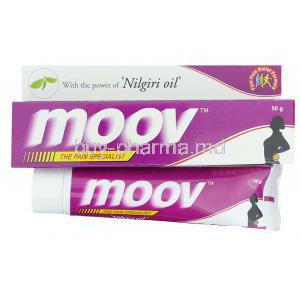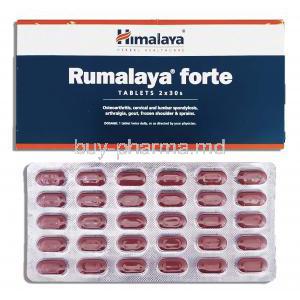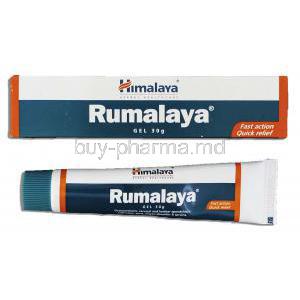Himalaya Honey
- Introduction to Himalaya Honey
- Composition and Active Constituents of Himalaya Honey
- Primary Therapeutic Uses of Himalaya Honey
- Off-Label and Alternative Uses of Himalaya Honey
- How Himalaya Honey Works: Mechanism of Action
- Recommended Dosage and Administration Guidelines
- Common Side Effects and Tolerability
- Adverse Reactions and Safety Concerns
- Drug and Herbal Interaction Warnings
- Contraindications for Himalaya Honey Use
- Guidelines for Careful Administration
- Important Precautions Before and During Use
- Administration in Special Populations
- Signs and Management of Overdosage
- Storage Conditions and Shelf Life
- Safe Handling and Disposal Practices
Introduction to Himalaya Honey
Himalaya Honey is a meticulously crafted natural product rooted in ancient Ayurvedic wisdom and refined through modern, sustainable practices. Harvested from pristine Himalayan flora, this honey embodies purity, therapeutic richness, and nutritional vitality.
It is raw, unfiltered, and sustainably sourced, retaining its enzymatic integrity and full spectrum of bioactive compounds. Unlike processed honey, Himalaya Honey maintains its natural pollen content, enhancing its medicinal potency.
Historically used in Ayurvedic formulations for respiratory ailments, digestive discomfort, and wound care, it now serves a dual role: a timeless remedy and a contemporary superfood. From strengthening immunity to rejuvenating skin, its versatility extends across wellness, skincare, and internal vitality.
Composition and Active Constituents of Himalaya Honey
- Botanical Origins: Nectar collected from diverse Himalayan flora, including wild rhododendron, litchi blossoms, and ajwain flowers.
- Key Bioactives: Natural enzymes (invertase, glucose oxidase), organic acids, flavonoids, and essential trace elements like zinc and magnesium.
- Antibacterial Components: Contains hydrogen peroxide and methylglyoxal agents responsible for potent antimicrobial effects.
- Purity Assurance: Free from synthetic additives, colorants, preservatives, or high-fructose corn syrup.
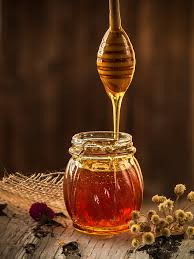
Primary Therapeutic Uses of Himalaya Honey
3.1 Support for Respiratory Health
- Reduces frequency and intensity of coughing
- Acts as a natural demulcent and expectorant

3.2 Gastrointestinal Wellness
Himalaya Honey promotes digestive balance through its mild laxative and gut-supportive properties.
- Stimulates digestive enzymes and bile secretion
- Encourages healthy microbial flora due to prebiotic oligosaccharides
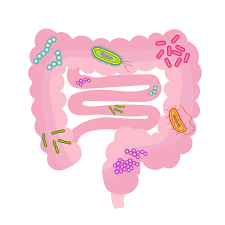
3.3 Skin Healing and Topical Applications
Applied externally, it acts as an antiseptic dressing for minor abrasions, burns, and ulcers.
- Inhibits bacterial colonization and supports tissue regeneration
- Hydrates and soothes inflamed or cracked skin
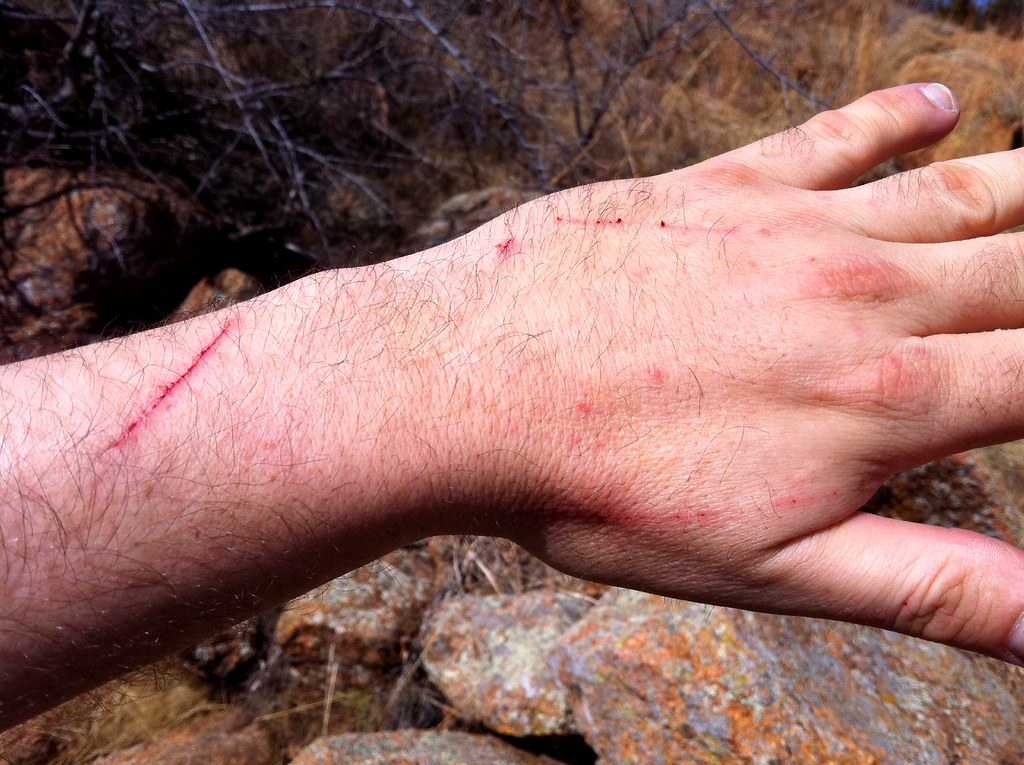
3.4 Immunity and Antioxidant Support
Rich in flavonoids and phenolic acids, Himalaya Honey serves as a daily immune booster.
- Enhances phagocytic activity of immune cells
- Neutralizes free radicals and oxidative stress
Off-Label and Alternative Uses of Himalaya Honey
- Energy Tonic: Provides a natural glucose surge for athletes and active individuals
- Metabolic Support: Can be cautiously used in diabetic regimens under supervision
- Hair Health: Used in DIY hair masks for dandruff control and scalp hydration
- Oral Care: Serves as a mild antiseptic for gums and ulcers when used as a rinse
How Himalaya Honey Works: Mechanism of Action
- Antibacterial Pathways: Slow-release hydrogen peroxide and methylglyoxal damage microbial cell walls
- Anti-inflammatory Effect: Reduces cytokine production and modulates tissue repair
- Mucosal Shielding: Provides coating to sore throat and respiratory linings
- Immune Regulation: Stimulates monocytes and antioxidant enzyme activity

Recommended Dosage and Administration Guidelines
6.1 Oral Use for General Health
Adults may consume 1 to 2 teaspoons daily, ideally on an empty stomach or mixed in lukewarm water for maximum assimilation.
For respiratory relief, consumption before bedtime is advisable to suppress night-time cough.
6.2 Topical Application for Skin Care
- Apply a thin layer to clean, dry skin
- Leave on for 20-30 minutes, rinse with lukewarm water
- Use 2-3 times a week for therapeutic results
6.3 Use in Herbal Preparations
- Blends well with turmeric, tulsi, ginger, and cinnamon infusions
- Should not be boiled or added to hot liquids above 40°C to preserve enzymatic activity
Common Side Effects and Tolerability
- Digestive: Bloating, flatulence, or mild cramps in rare cases
- Allergic: Nasal congestion or hives in individuals with pollen allergies
- Dermal: Itching or redness on sensitive skin when used topically
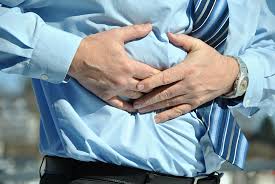
Adverse Reactions and Safety Concerns
- Severe Hypersensitivity: Rash, facial swelling, or anaphylaxis (extremely rare)
- Overconsumption Risks: Excessive intake may contribute to elevated blood glucose
- Storage Risks: Contamination or fermentation if stored improperly or exposed to moisture

Drug and Herbal Interaction Warnings
Himalaya Honey, though natural and well-tolerated, may exhibit mild pharmacological interactions when used alongside specific medications or herbal compounds.
- Antidiabetic Agents: As honey can exert a glycemic effect, concurrent use with antidiabetic medications may potentiate hypoglycemia. Caution is warranted, particularly in insulin-dependent individuals.
- Immunosuppressive Drugs: Due to its mild immunomodulatory effects, it may theoretically interfere with immunosuppressants such as corticosteroids or calcineurin inhibitors. Consultation with a physician is advisable in such cases.
- OTC Supplement Compatibility: Generally safe with most vitamins, minerals, and adaptogenic herbs. However, monitor for cumulative effects when used with immune-boosting supplements like echinacea or ashwagandha.
Contraindications for Himalaya Honey Use
- Allergy Risk: Individuals with a known hypersensitivity to honey, bee pollen, or bee venom should avoid use.
- Anaphylactic History: Those with a documented history of anaphylaxis to bee products must abstain from consumption and topical application.
- Infant Use: Strictly contraindicated in children under 12 months of age due to the risk of infant botulism from natural Clostridium botulinum spores.

Guidelines for Careful Administration
- Immunocompromised Individuals: Use only under medical supervision due to the potential for microbial contamination in raw honey.
- Sensitized Consumers: Start with minimal amounts in individuals with multiple food sensitivities. Observe closely for any signs of intolerance or allergic response.
- Monitoring During First-Time Use: Especially important in those with asthma, eczema, or other allergy-prone conditions. Discontinue use immediately if any adverse signs appear.

Important Precautions Before and During Use
- Temperature Sensitivity: Do not expose to temperatures above 40°C to avoid denaturation of enzymes and degradation of its medicinal properties.
- Hot Liquids: Avoid mixing directly into boiling water or hot beverages; allow to cool to a safe temperature before adding honey.
- Topical Application: Always use a sterile applicator or clean fingertip to apply honey on skin or wounds to prevent microbial contamination.
Administration in Special Populations
13.1 Elderly Individuals
Himalaya Honey offers benefits such as enhanced immune function and improved digestive efficiency in the elderly. However, it should be used judiciously due to age-related glucose intolerance.
- Start with lower doses (½ teaspoon daily)
- Monitor blood sugar levels in those with or at risk of metabolic disorders
13.2 Pregnant and Lactating Women
While Himalaya Honey is generally regarded as safe during pregnancy and lactation, purity and sourcing are critical factors.
- Use only raw, laboratory-tested honey free from contaminants and heavy metals
- Not intended to replace prenatal vitamins or iron/calcium supplementation
- Consult a healthcare provider before initiating regular use during pregnancy

13.3 Pediatric Use
- Infants: Contraindicated in babies under 12 months
- Children (1+ years): Can be used in small quantities to support immunity and relieve cough under adult supervision
- Dose Consideration: ¼ to ½ teaspoon daily for children over one year
Signs and Management of Overdosage
Overconsumption of Himalaya Honey is rare but may result in transient symptoms that require monitoring and supportive care.
- Symptoms: Nausea, loose stools, elevated blood sugar, bloating
- Management: Discontinue use, hydrate, and observe. Consult a physician if symptoms persist.
- High-Risk Groups: Diabetics and those with fructose intolerance should use honey sparingly and under supervision
Storage Conditions and Shelf Life
- Ideal Storage: Keep in a tightly sealed container in a cool, dry place away from heat and sunlight
- Avoid Refrigeration: May cause crystallization, altering texture and usability
- Shelf Life: Typically 18 to 24 months from the date of packaging, depending on container type (glass vs. plastic)
Safe Handling and Disposal Practices
- Utensils: Always use dry, clean spoons to prevent moisture and microbial introduction
- Cross-Contamination: Never dip used or wet utensils into the container
- Disposal: Expired honey should be discarded in solid waste; avoid flushing or pouring down drains due to potential clogging or bacterial proliferation
Himalaya Honey FAQ
What is Himalaya Honey?
Himalaya Honey is typically derived from beekeeping methods and comes in various forms, such as pure honey or herb-infused honey.
What are the potential health benefits of consuming Himalaya Honey?
Similar to types of honey varieties out there, Himalaya Honey serves as a natural energy booster that also packs antioxidant benefits and could potentially offer relief for a scratchy throat.
How should Himalaya Honey be stored?
It's best to store honey in a sealed container, at room temperature and away from sunlight and moisture to prevent crystallization; refrigeration isn't usually needed.
Can Himalaya Honey be used for medicinal purposes?
Throughout history and traditionally speaking, honey has been valued for its antibacterial qualities, which make it useful for alleviating throat ailments or treating minor cuts and ailments where Himalaya Honey's natural properties might provide similar advantages.

